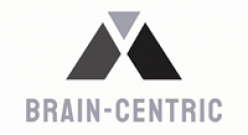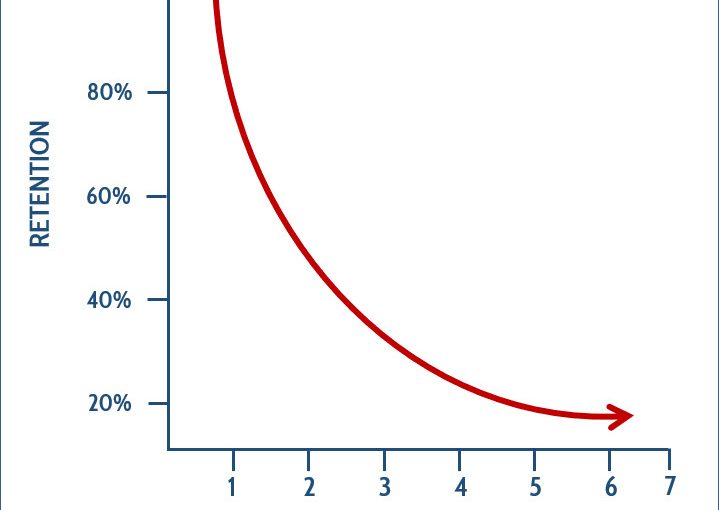Transformational change defines 21st-century living. This change is NOT ONLY prevalent in business and technology—it touches every part of our lives and especially our learning. How people learn is currently experiencing a 21st-century revolution in a fast-paced world where ‘routine’ experts are being replaced by robots (e.g., Amazon, Boeing, et. al.), and ‘adaptive’ experts are key to progressive mindsets. Adaptive people learn in a different way—a way that includes deep understanding for application in the real world. This kind of adaptive engagement in any workplace ensures a fulfilled, secure, and upwardly mobile employee.
Most people are not aware of this learning revolution!
If you are presenting any information to a new audience, you are probably doing so in the same model that has been used for two or three generations. In other words, we each have been educated (teaching, selling, managing, training, parenting) in the exact same way for more than 100 years. The ‘same way’ looks like this:
Say/Show/Teach/Present your content
1) Test your learners (Memory Recall)
2) Grade your learners (Label/Stratify)
3) Manage retention loss (Wonder why learners don’t retain much)
Look familiar? It’s how we all learned, so it’s no wonder why you use it today.
Education, in all its forms, is the only profession where those who educate are almost totally unaware of the primary tool they use in learning; the Brain.
Call your class/course/pitch what you want, but at the end of the day, no matter what you do, you know that 80% of what you presented will be forgotten. That ‘fact’ is ubiquitous: it was established by Ebbinghaus in 1885 and has been robustly confirmed ever since. Ebbinghaus’ infamous ‘forgetting curve’ describes a progressive decrease in knowledge retention with elapsed time since learning.
That was 1885. This is the 21st century. Knowledge has changed and you need to take heed.
Advances in neuroscience and learning sciences have led to the field of Cognitive Learning Sciences. In June 2019, at Columbia University’s historic Teacher’s College, Cognitive Learning Neuroscientist Dr. Kieran O’Mahony presented empirical research on why you can now forget about ‘The Forgetting Curve’. https://youtu.be/R_kN6AFadc8
This transformational change for learning is the result of O’Mahony’s Brain-centric Design (BcD) research and the surprising neuroscience behind learning with deep understanding. In short, BcD is a cognitive model that presents information the way your brain accepts it, and consequently delivers information the way people love to learn.
This is nothing like how you learned in school.
ICELW 2019, NY attendees embracing Brain-centric Design, The Surprising Neuroscience Behind Deep Understanding, O’Mahony presented Brain-centric Design’s exceptional results to 50 of the world’s top educators and scientists at the International Conference on E-Learning in the Workplace (ICELW 2019, NY). In a surprising twist, Dr. O’ was asked to deliver an encore presentation for individuals who were not able to attend the inaugural lecture.
Later that same day, as the buzz of his findings and the magnitude of its effects settled on the gathering, the key takeaways from Brain-centric Design’s model delivered the following:
- Learners retain ~100% of what is presented, the outcome of Long Term Potentiation (LTP)
- Every learner participates, collaborates, and co-creates in a safe learning environment
- Every learner acquires agency of their learning
- Content delivery time reduced 40-50%
Remember Everything
Educators and Learners are drawn intuitively to this new learning paradigm and go deep when they realize the potential. It strips away how we’ve been taught in the past, replacing it with how we love to learn, naturally. Brain-centric Design’s model is agnostic of race, gender, age, culture, and subject matter.
If you have a brain, you are in the BcD world, and it works 100%.
“If you’re not presenting your information to the brain, what are you presenting it to?” asked O’Mahony to the international gathering of educators. “The brain’s potential is limitless if made to feel secure… the learner accesses the immediate benefits of this environment by focusing on, accepting, and making sense of the new information presented.” A BcD course is so different and so engaging, it takes only a single experience in the model to experience, own, and adopt the new paradigm.
BcD’s surprising neuroscience behind learning with deep understanding delivers several seminal results for your audience. First, immersion in the pedagogic model transforms each learner into an ‘adaptive expert’ mindset. Second, facilitators come to understand that classroom management issues decrease at the same time that learner agency and engagement increase.
For this reason, BcD is in heavy demand by Fortune 100 business units (including Talent Development, Human Resources, Learning/Training & Development) and from sales presentations to parent/child communication. Any presentation of new information to any audience can be presented how the brain accepts it, and how people love to learn.
As transformational change accelerates, measurement outcomes of this 21st-century learning model continue to grow and are irrefutable. Brain-centric Design is not clever… it is science; its impact on humankind is reliable, reproducible, and imminently universal.



